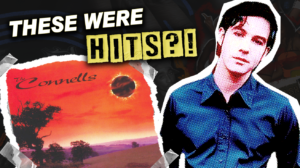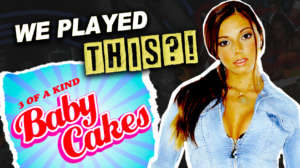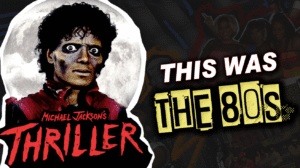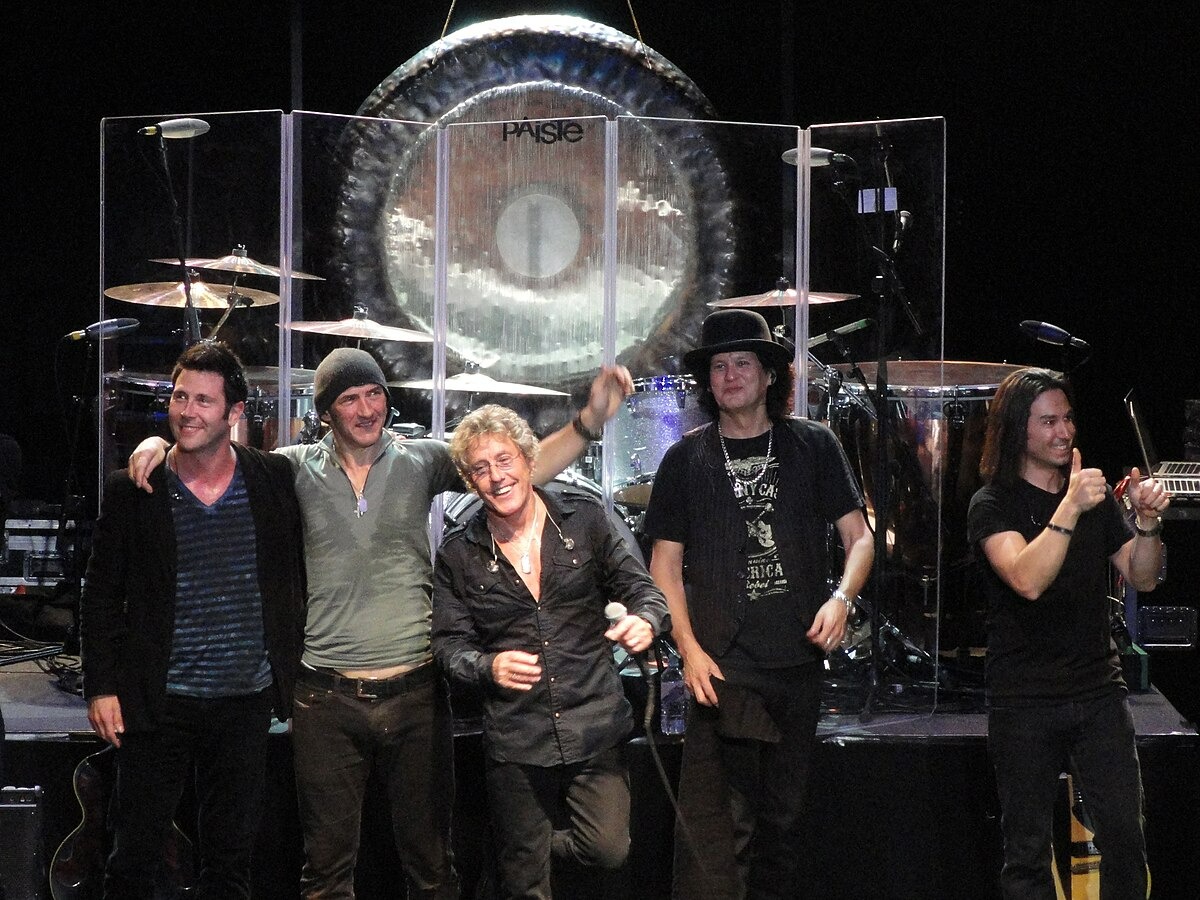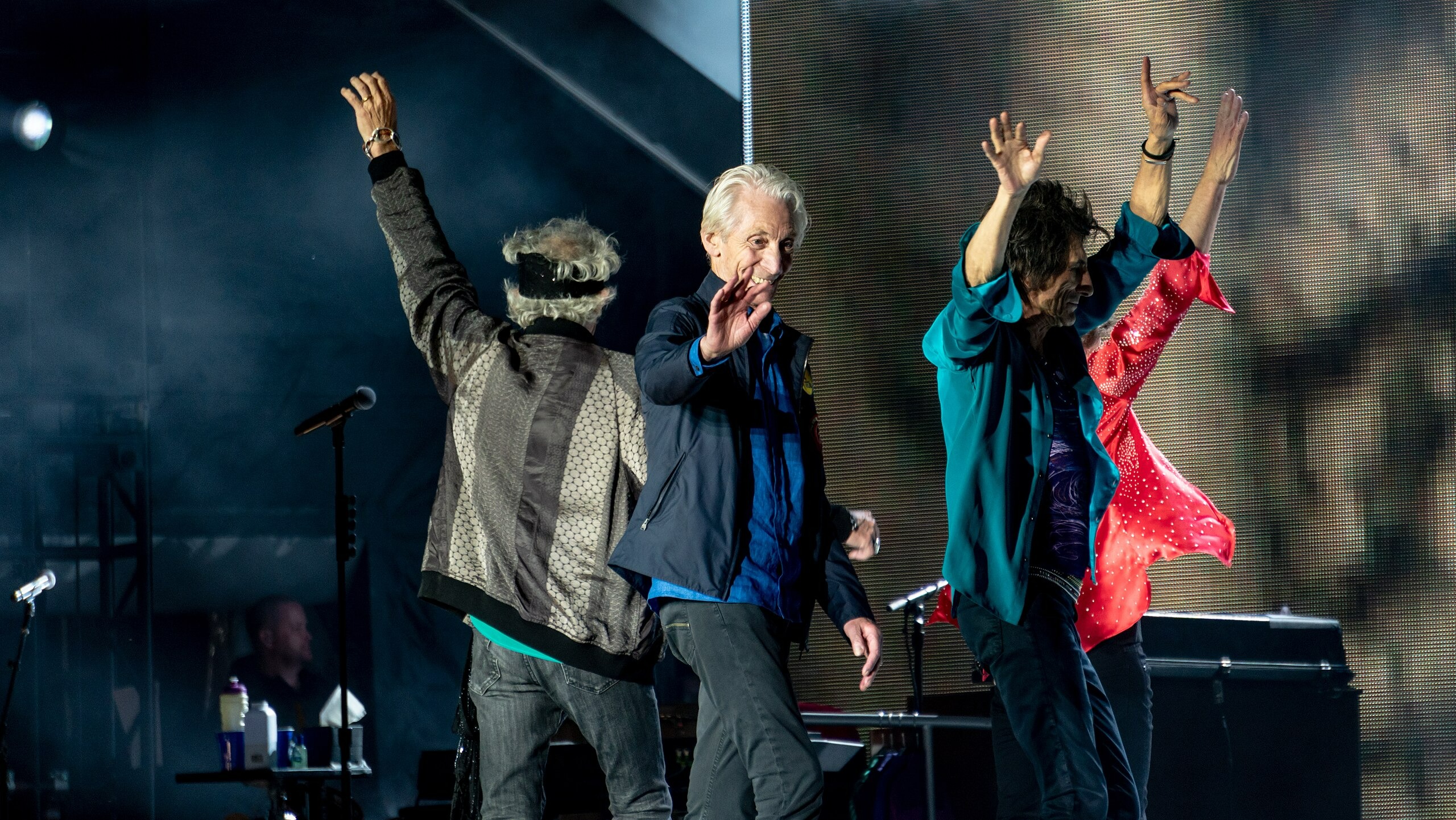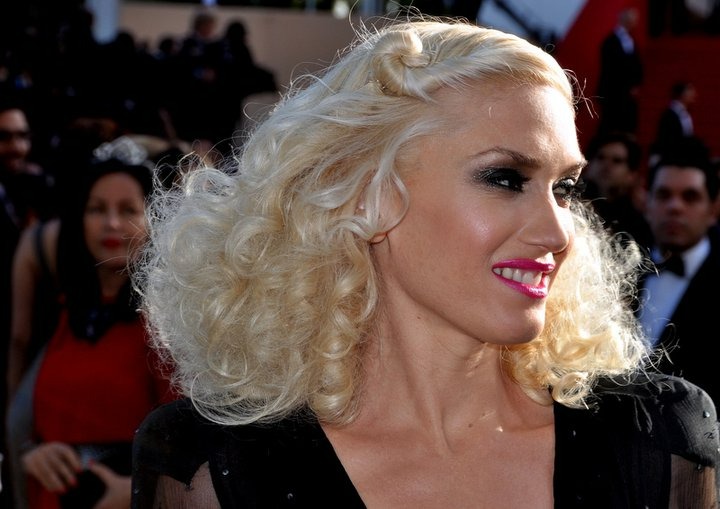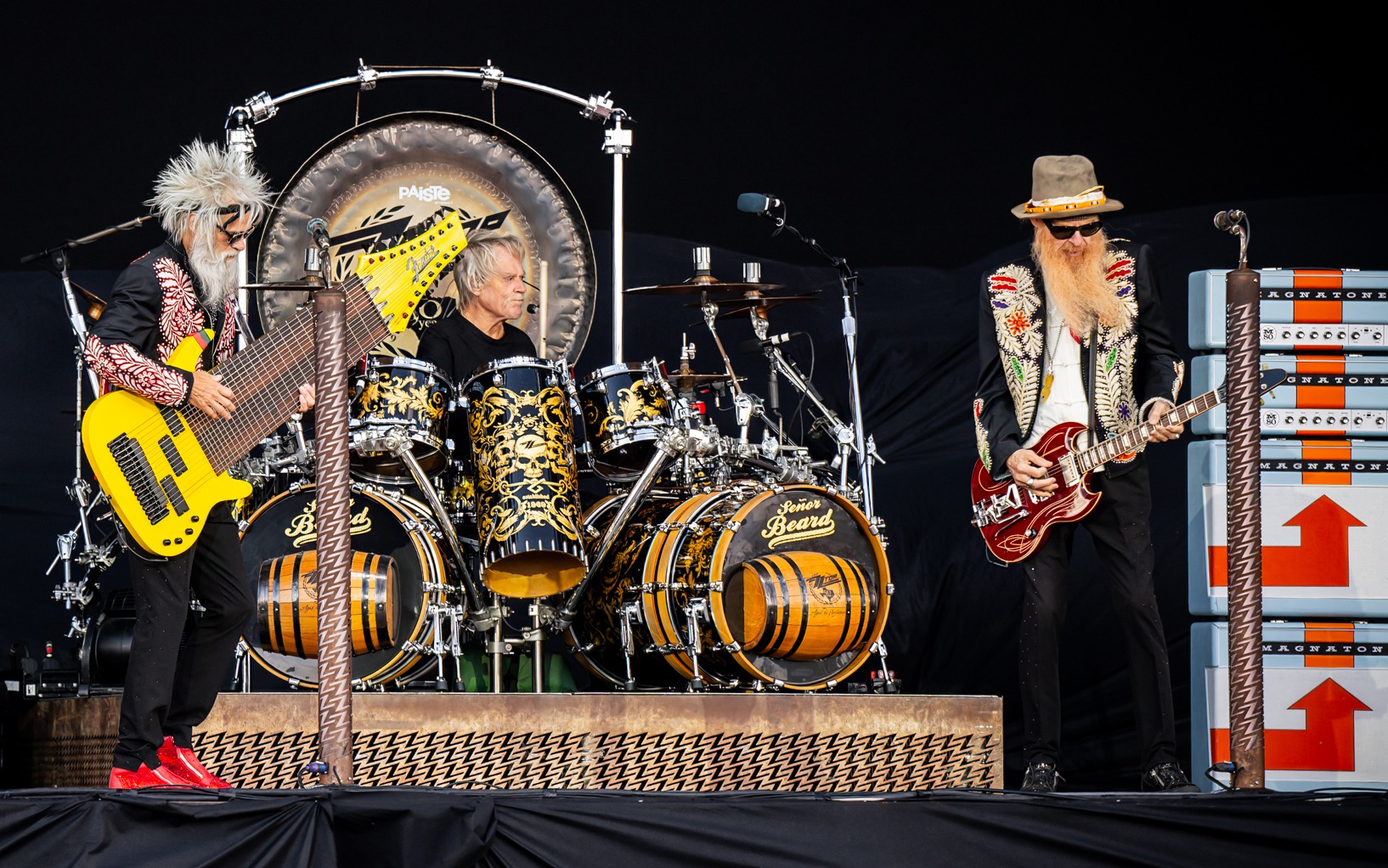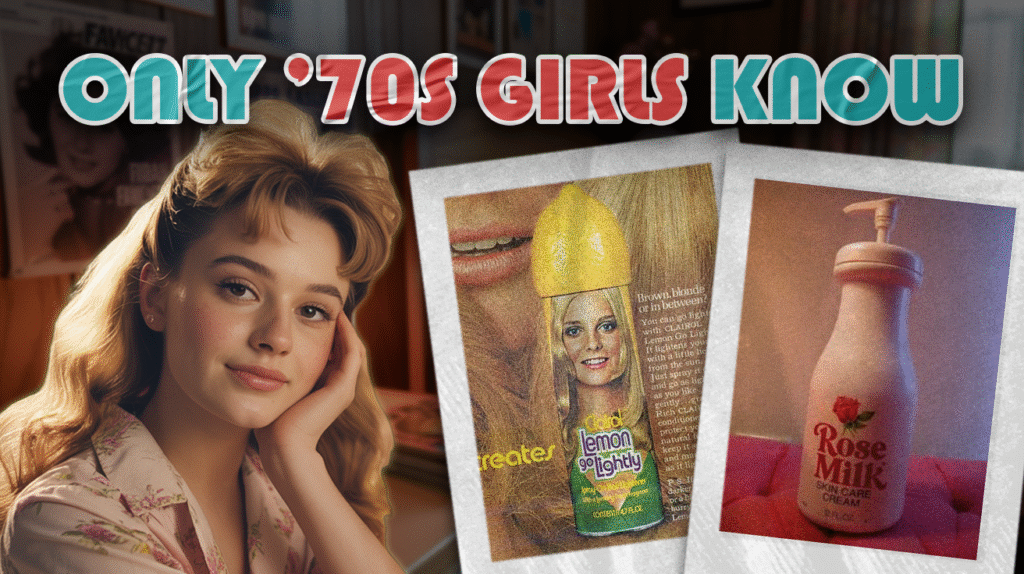
You know that feeling when you catch a whiff of something that instantly transports you back to childhood? The 1970s beauty aisle was a time machine disguised as consumer goods. Between Donna Summer’s “Love to Love You Baby” and the Bee Gees ruling the charts, Americans were experimenting with products that promised transformation—some delivering on their hype, others leaving users looking like they’d been attacked by a rogue chemistry set. These weren’t just bottles and tubes cluttering bathroom counters; they were cultural architects building our modern relationship with personal care, one questionable ingredient at a time.
10. Maybelline Great Lash Mascara
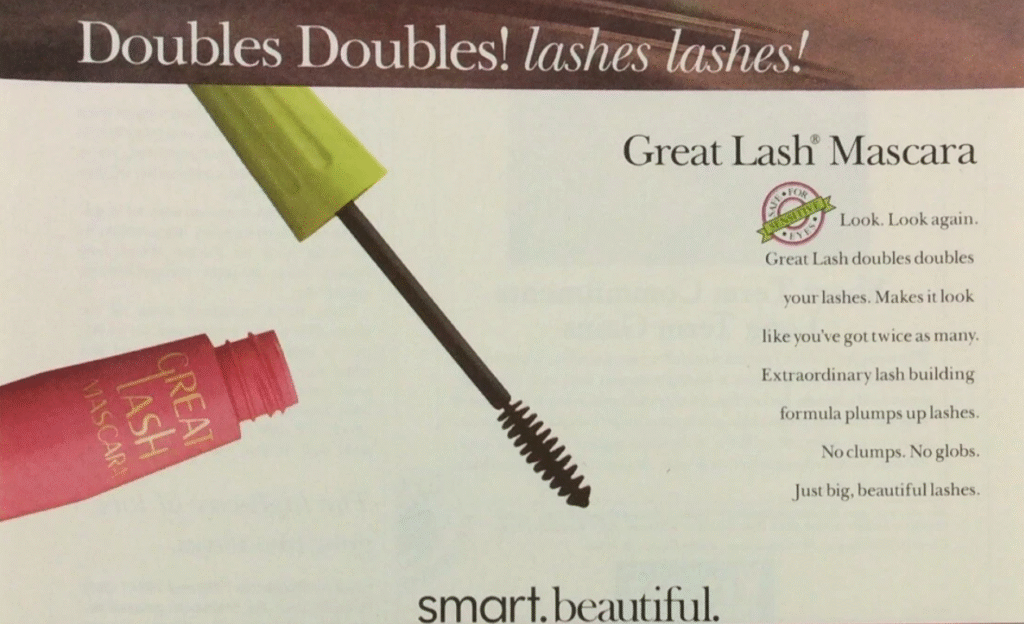
Revolutionary simplicity arrived in that iconic pink and green tube that hit beauty counters like “Bohemian Rhapsody“ hit the radio. Water-based innovation replaced cake mascaras that required more skill than mixing a decent sound board, democratizing dramatic lashes for anyone with drugstore access. The formula figured out beauty’s equivalent of a perfect three-chord progression—simple, effective, and impossible to improve upon.
Selling one tube every few seconds globally proves that innovation isn’t always about reinvention. Sometimes perfection happens on the first try, creating products that transcend trends and become permanent fixtures in the cultural landscape.
9. Tussy Deodorant
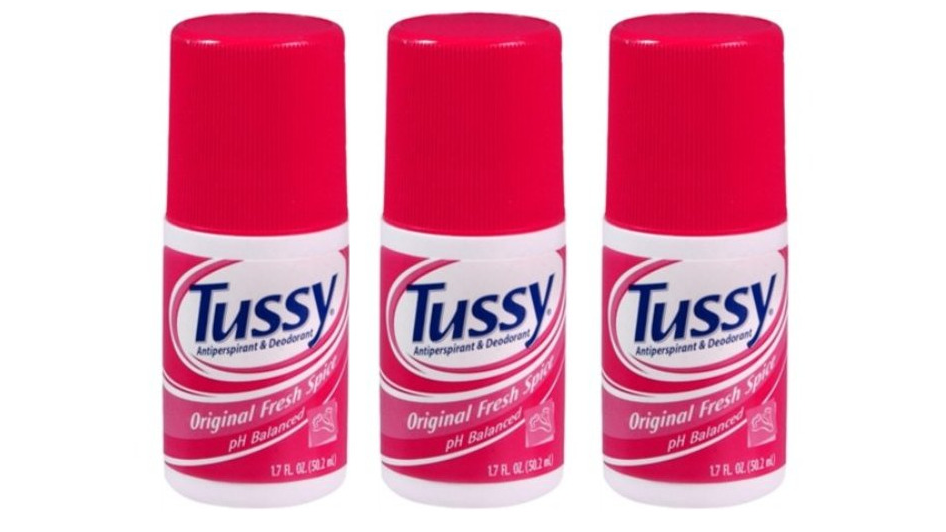
Generational consistency lived inside that distinctive pink jar sitting on the grandmother’s bathroom shelf. This cream formula outlasted disco, punk, new wave, and countless cultural shifts by mastering one simple principle: reliable performance without flashy gimmicks. The subtle rose scent became a personal signature for loyal users who discovered something that worked.
Building brand loyalty requires patience and authenticity rather than trend-chasing. Modern beauty executives study this kind of unwavering customer devotion, wondering how to recreate such lasting connections in today’s saturated market.
8. Love’s Baby Soft
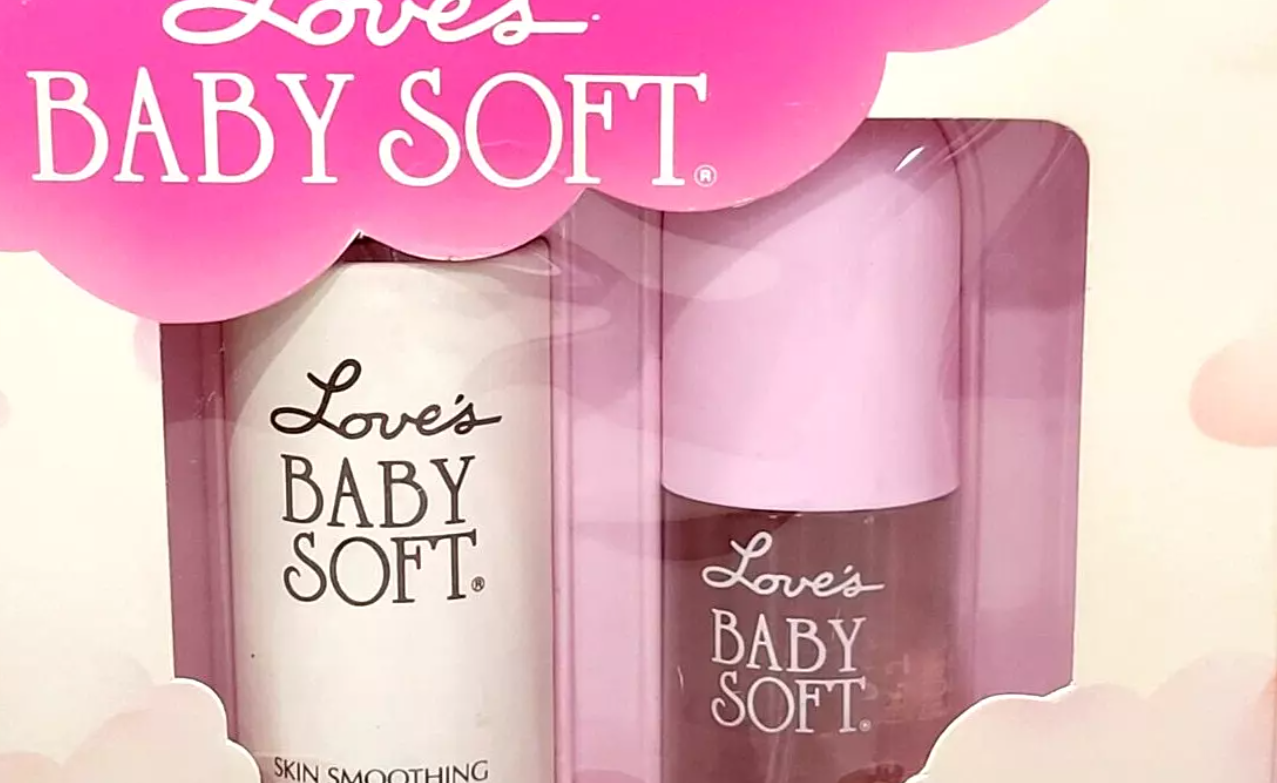
Teenage confusion found its signature scent in this powdery fragrance that walked the tightrope between innocence and allure. The “innocent sexy smell” reflected the decade’s complicated relationship with female sexuality, creating marketing that would make today’s advertising executives break into cold sweats. This rite of passage fragrance captured the awkward transition from childhood to womanhood.
Finding that sweet spot between approachable and seductive remains beauty’s holy grail. Modern fragrance marketing has mostly abandoned the creepy infantilization angle, though the fundamental challenge of balancing innocence with sophistication continues.
7. Rose Milk Lotion
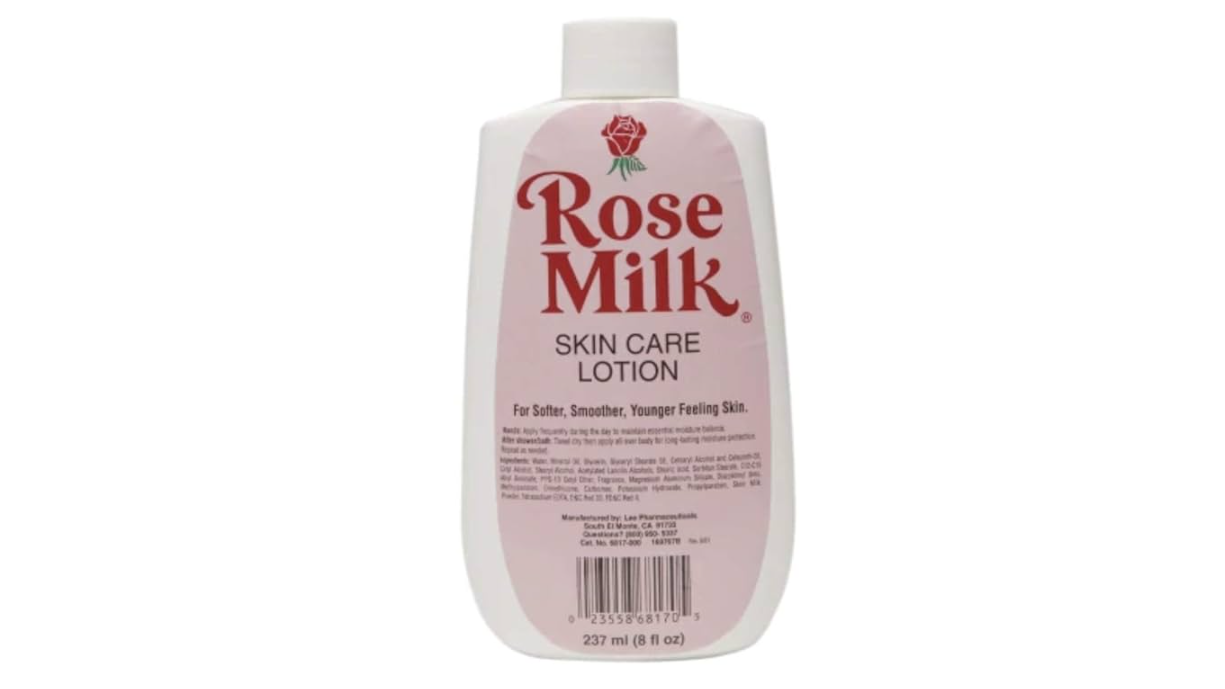
Dairy-fresh moisture arrived in that distinctive pink bottle when most lotions felt like spreading paste on your skin. Lightweight hydration came without the greasy aftermath that made users feel like they’d been dipped in cooking oil. The subtle floral scent hit that perfect note between sophisticated and approachable, like wearing a vintage band t-shirt that shows taste without pretension.
Understanding that texture and fragrance experience matter as much as actual results became a foundational principle. Today’s sensory-focused beauty market owes its emphasis on user experience to pioneers who recognized that feeling good matters as much as looking good.
6. Sun-In Hair Lightener
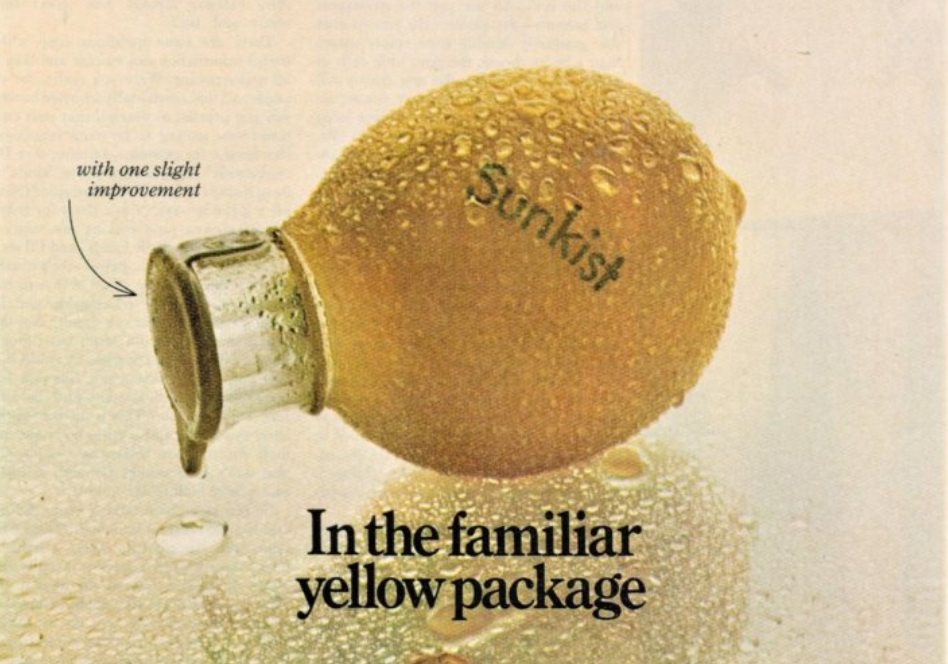
Pool parties became impromptu chemistry labs where teenage girls armed themselves with hydrogen peroxide and lemon juice cocktails. This DIY highlighting experiment promised sun-kissed perfection at home, delivering results that ranged from “California dreaming” to “traffic cone chic” depending on your natural color and patience level.
Nobody read the fine print about chemical reactions or color theory back then. The same fearless experimentation that made Sun-In a household staple drives today’s beauty YouTube rabbit holes, just with better lighting and fewer accidental orange disasters.
5. Skin Bracer Aftershave
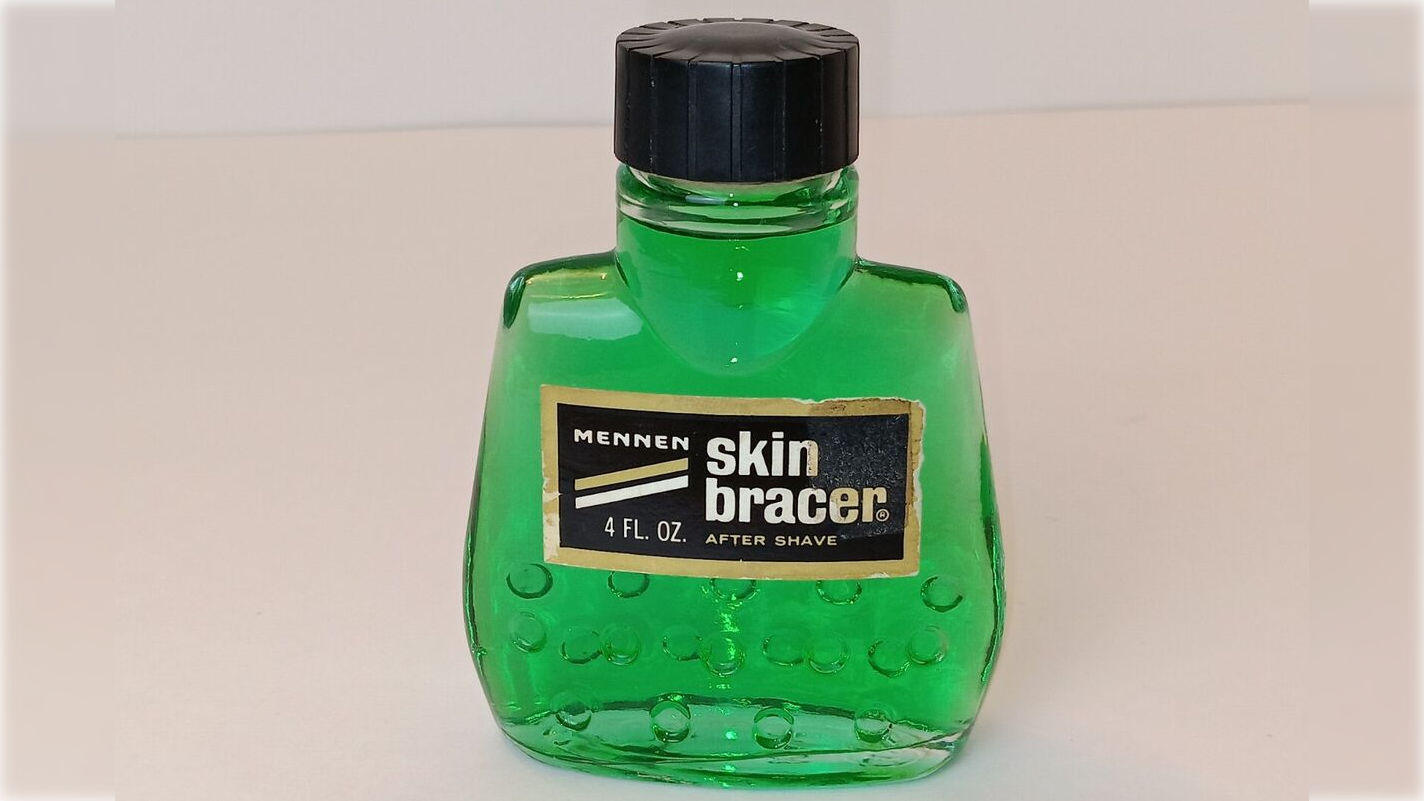
Masculine grooming walked a narrow line when men’s beauty routines faced stricter boundaries than record label creative control. That signature mentholated sting signaled serious self-care without crossing into vanity territory, crucial when masculinity operated under tighter restrictions. The bright green liquid provided cooling relief and antiseptic protection for an era of manual razors and limited options.
Today’s expanded men’s grooming market—from concealer to face masks—evolved from these acceptable entry points. Traditional masculine codes gradually relaxed as guys discovered that taking care of themselves wasn’t just acceptable, it was essential for confidence and success.
4. Breck Shampoo

Ethereal pastel portraits redefined America’s beauty standards through Ralph William Williams’ artistic vision. Those soft-focus Breck Girls made every woman believe aspirational perfection was achievable, whether you were a Hollywood starlet or a secretary from Toledo. The psychological impact mattered more than the actual shampoo formula, which worked adequately for different hair types.
Convincing millions that transformation lived inside a bottle became the template for modern beauty marketing. Today’s influencers are essentially Breck Girls equipped with ring lights and affiliate links, proving some strategies never lose their effectiveness.
3. Body on Tap Shampoo
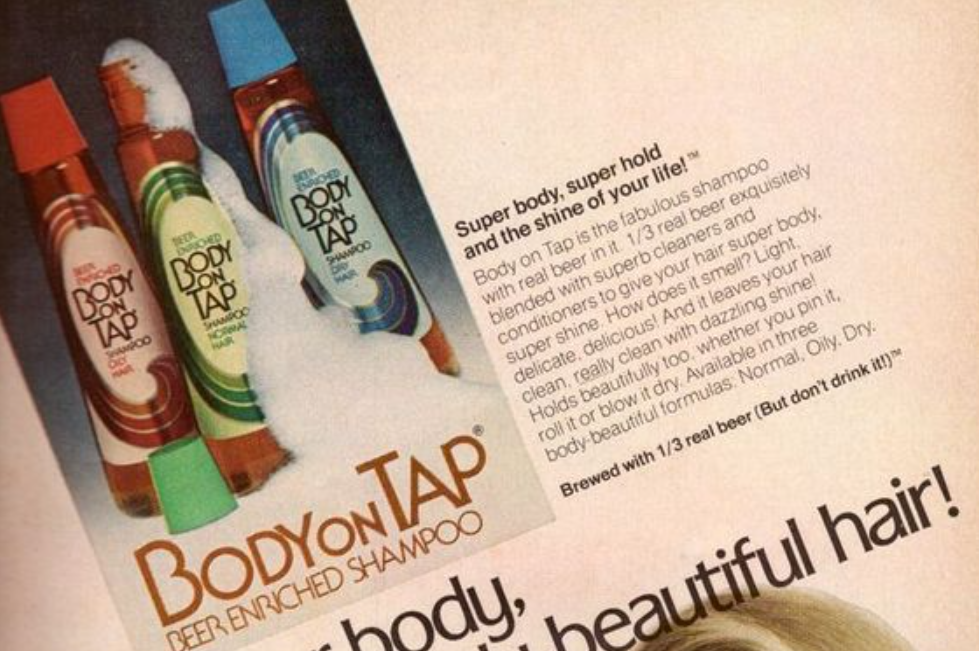
Kitchen ingredients invaded the beauty aisle when beer proteins promised healthier hair through unconventional means. Kim Basinger’s luxurious locks in those amber-bottled commercials set the standard for what brewery-inspired beauty could achieve. The concept of raiding your pantry for skincare solutions—now standard practice from egg whites to avocado treatments—started with innovations that made bar ingredients cool for your bathroom.
Superfood beauty trends trace their DNA back to this willingness to experiment with unexpected sources. Modern consumers embrace the same spirit when they slather turmeric masks or coffee scrubs on their faces, seeking transformation through familiar ingredients.
2. Lemon Go Lightly
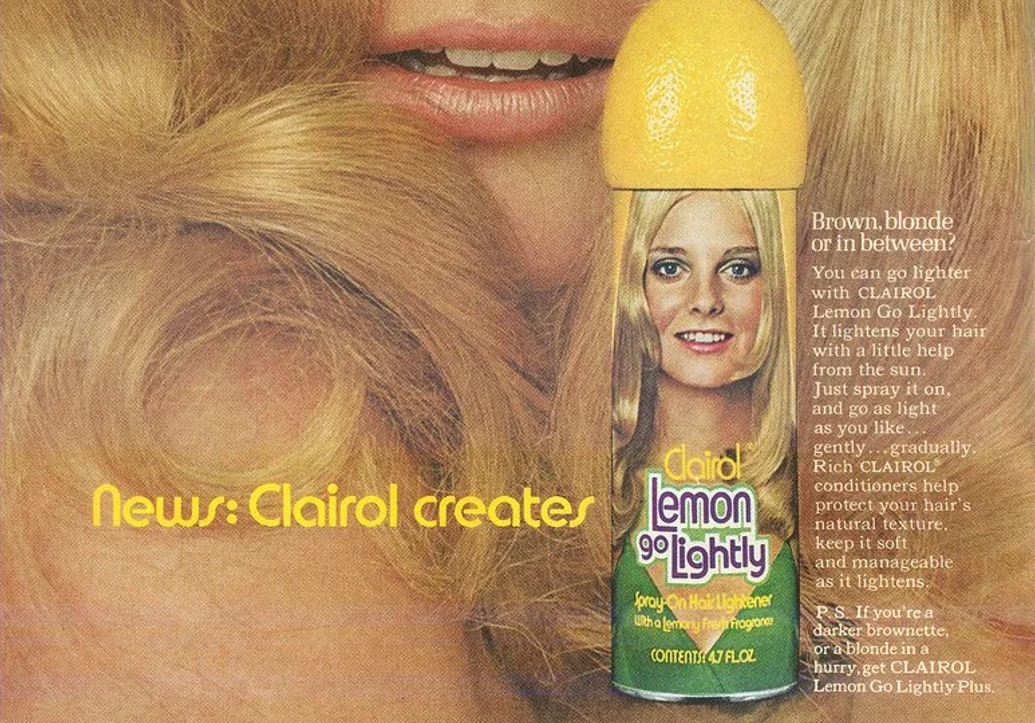
Natural beauty marketing met chemical reality in this gradual lightening treatment that promised controlled results. The irony was delicious—a product marketed as wholesome because it contained lemon, despite being a chemical process that could damage hair faster than a poorly mixed demo tape. Users discovered the hard way that “natural” ingredients don’t guarantee gentle outcomes.
This contradiction between marketing and chemistry pioneered today’s clean beauty movement, where sophisticated laboratory processes hide behind natural-sounding ingredient lists that would make a scientist proud.
1. White Rain Shampoo
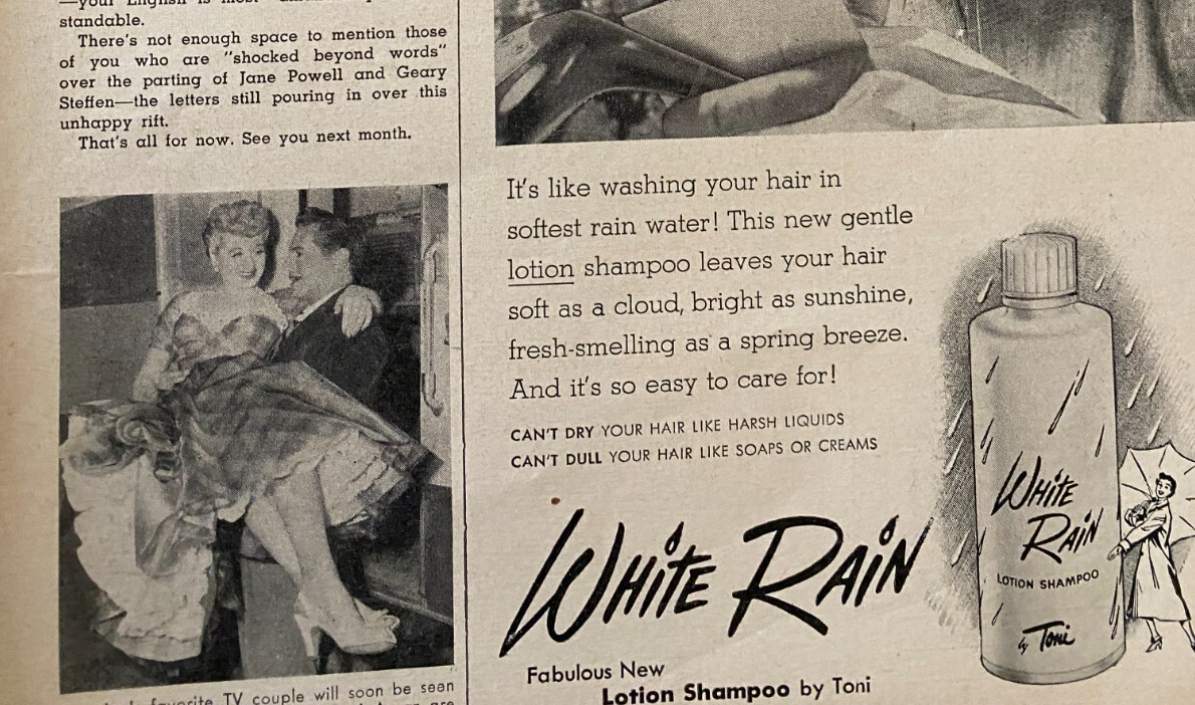
Budget-conscious families discovered their holy grail when this affordable wonder hit drugstore shelves. Daily hair washing transformed from a luxury ritual to a standard practice, thanks to a formula that delivered clean results without breaking the bank. The lightweight consistency worked perfectly with the era’s voluminous styles, letting you build those gravity-defying Farrah Fawcett feathers without your hair collapsing under product weight.
Most competitors were liquid soap with delusions of grandeur, making this crystal-clear formula feel revolutionary. That distinctive “rain-fresh” scent became the olfactory backdrop to countless American childhoods, proving that accessibility could trump prestige when the results were delivered.




